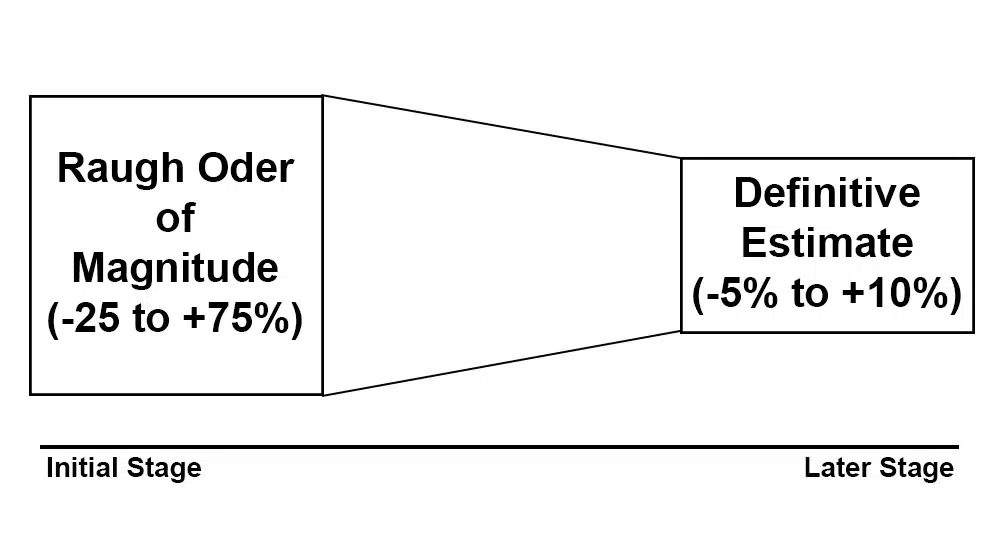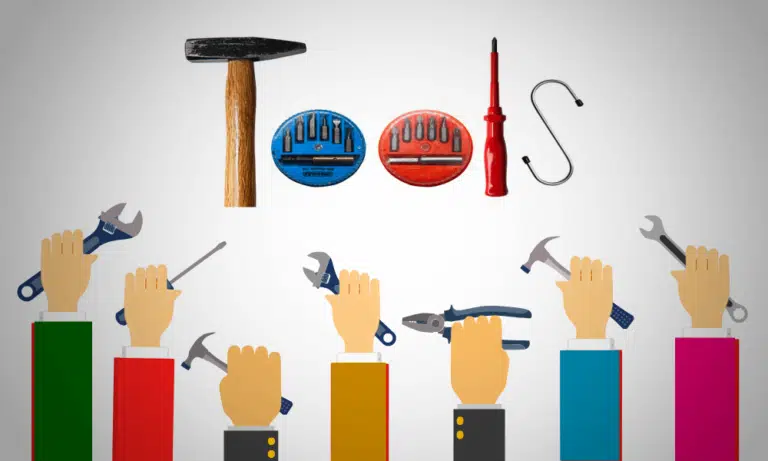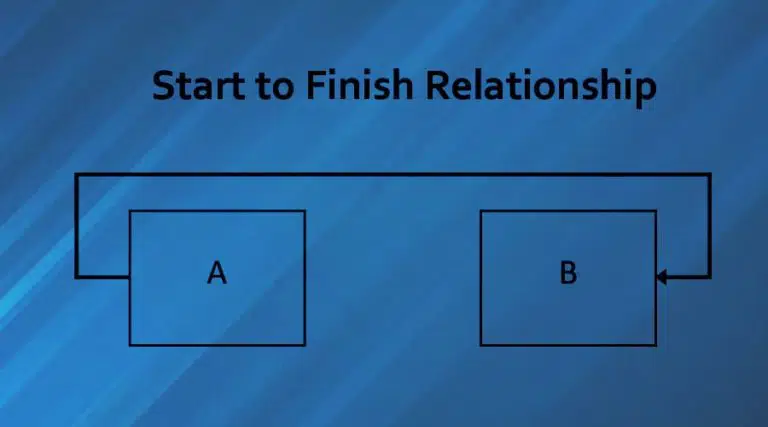A rough order of magnitude estimate (or ROM) is a widely used project-management estimation technique. A ROM estimation technique can help you find an approximate project-cost estimate in the project’s early stages.
If you have experience managing projects, you must have heard the phrase “rough order of magnitude (ROM) estimates” at some point. ROM is an estimate that provides management and project sponsors with key information regarding the project’s cost.
ROM estimate is a key technique in project management, and today’s blog post will discuss it in detail with an example. A rough order of magnitude is sometimes known as a “rough cost estimate” or “ballpark estimate.”
Let’s get started.
What is the Rough Order of Magnitude (ROM) Estimate?
A rough order of magnitude is a high-level estimate of the project. Management uses this technique to know the approximate budget requirement for the project during the feasibility study or project selection process. ROM number provides a rough project budget estimate when estimators have no or least project details.

Rough order of magnitude is an estimation technique that provides management information on a project budget. With this information, they can decide whether to proceed with the project.
ROM estimate is mainly used for project screening. Management can compare different projects using ROM numbers to prioritize the project based on the budget requirement. ROM estimate does not require a detailed scope.
This is a good communication tool for decision-makers to convey the information to other stakeholders. ROM estimate is only used for informational purposes. Once the management decides to proceed with the project, they can use other cost estimation techniques to get a more accurate estimate.
The accuracy of ROM can range anywhere from -25 percent to 75 percent. This estimate yields quick results, does not require a comprehensive breakdown of the project scope, and requires the least resources and time.
This estimate is not used to develop cost baselines; but in developing a project’s business case or conducting a feasibility study.
How to Find a Rough Order of Magnitude Estimate
This technique uses expert judgment to reach a number. Experienced project managers or cost estimators can typically find a better estimate.
In this technique, you review the available high-level project details and compare them with any similar previous project your organization has completed. After comparison, you will adjust the figure for size, complexity, and inflation and then come up with an estimate.
The accuracy of this estimate can lie between -25% to 75%.
If you do not find any similar project in your organizational process assets, you can break the project broadly and guess the estimate of each part. You can involve other experienced experts from your team in this task. This is a high-level rough estimate, so the accuracy does not matter, but the time matters; you must provide this estimate quickly to management to decide.
A ROM estimate is a basis for the starting point and helps management decide. Most of the time, this estimate is given to management in various forms. For example, you can say that the project will cost between one to two million USD.
Once you get the project, you develop the plan and calculate the definitive budget with accuracy between -5% and 10%.
Now, let’s calculate ROM.
You estimate ROM in two phases. First, you need to compute the ROM, and second, figure out the upper and lower ranges.
You can use an analogous or parametric-estimation method to calculate a ROM estimate. You can employ an analogous estimate if you do not have a detailed scope of work and need an estimate quickly. Otherwise, you can use a parametric estimate if you have a limited time and require a more precise estimate.
After finding the ROM estimate, you will calculate the upper and lower range using the following formulas:
- Upper Boundary = ROM Estimate x (1 + 75%) = ROM Estimate x 1.75
- Lower Boundary = ROM Estimate x (1 – 25%) = ROM Estimate x 0.75
Rough Order of Magnitude Techniques
While searching this topic, I found many articles on the internet that say, “bottom-up estimates, parametric estimates, three-point estimates, and analogous estimates are ROM techniques.”
This is incorrect information, as a bottom-up estimate provides a definitive estimate, and you should only use it when you have all the available scope information. Likewise, you can use three-point estimates and parametric estimates when sufficient project information is available and better accuracy is desired. All these techniques have little or no use when calculating ROM estimates.
However, you can use analogous or parametric (in some cases) techniques to find the ROM numbers. Note that these techniques are useful when you have completed any similar project in the past.
The key technique for ROM estimate is expert judgment and experience. You have to review the high-level available information. Based on your experience, you will develop a figure for your project in a range and provide this estimate to your management to proceed further.
ROM vs. Definitive Estimate
A rough order of magnitude provides a rough estimate whose accuracy is not good, and it lies between -25% to 75%, while definitive estimates provide the most accurate results.
The main differences between ROM and definitive estimates are as follows:
- ROM has an accuracy range of -25% to +75%, and a definitive estimate ranges from -5% to +10%.
- ROM is a quick estimation technique and requires less effort, while a definitive estimate requires time and more resources.
- ROM does not require detailed information, while a definitive estimate requires detailed information.
Best Practices for Calculating ROM Estimate
- When estimating the cost, you must include multiple stakeholders. This will provide you with a more robust estimate and avoid bias.
- If you compare the cost against past projects, consider inflation, risk factors, and any new constraints and/or assumptions.
- Add contingency and management reserve, as well.
Example of Rough Order of Magnitude Estimate
Let’s say your organization wants to bid for a project to construct a two-floor school building with 50 classrooms.
As a result, your company has requested that you supply them with a rough estimate as soon as possible so that they can determine whether or not they should submit a bid for the project.
You then search through the organizational process assets and identify a comparable project. Five years ago, your organization completed a similar project, but it was a single-story building with 25 classrooms.
The project cost was 500K USD, so you estimated that the two-story building cost would be approximately 800K USD. You have added $100K to cover inflation and some other factors.
So, the budget estimate is 900K USD.
Now, the upper and lower range for your project would be (900,000 x 0.75) and (900,000 x 1.75)
Or 675,0000 USD and 1,575,000 USD.
Summary
ROM is a project-estimate technique you can use at the beginning of the project. ROM gives the project sponsor and stakeholders a quick estimate. This technique calls for fewer resources and generates results—even when little-to-no project information is available or there are inaccurate results.
Note: This concept is mentioned in the PMBOK Guide, and you will see a few questions on it on your PMP exam.

I am Mohammad Fahad Usmani, B.E. PMP, PMI-RMP. I have been blogging on project management topics since 2011. To date, thousands of professionals have passed the PMP exam using my resources.







